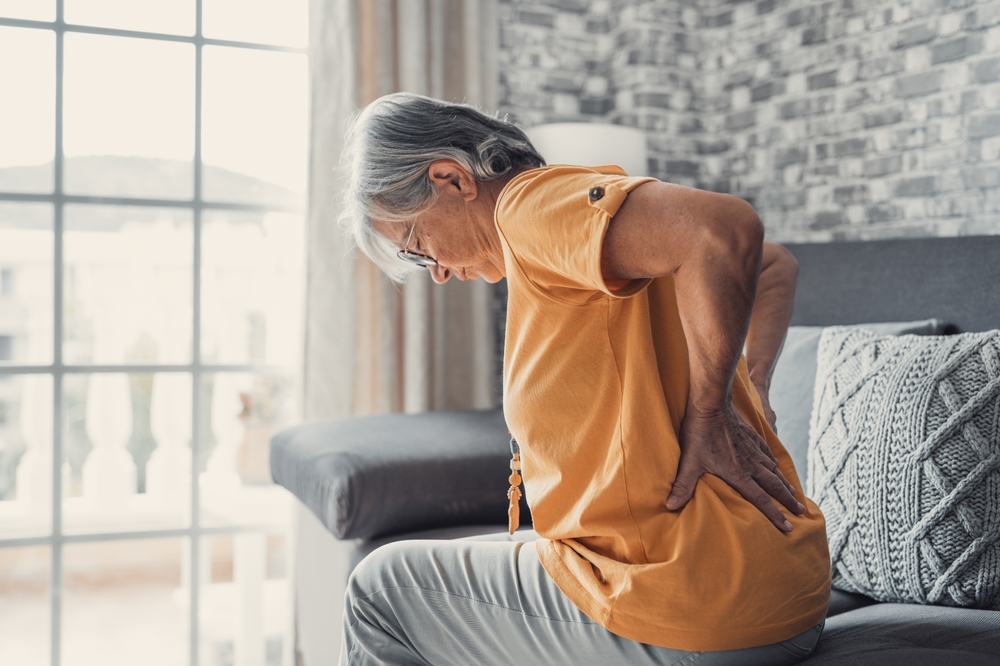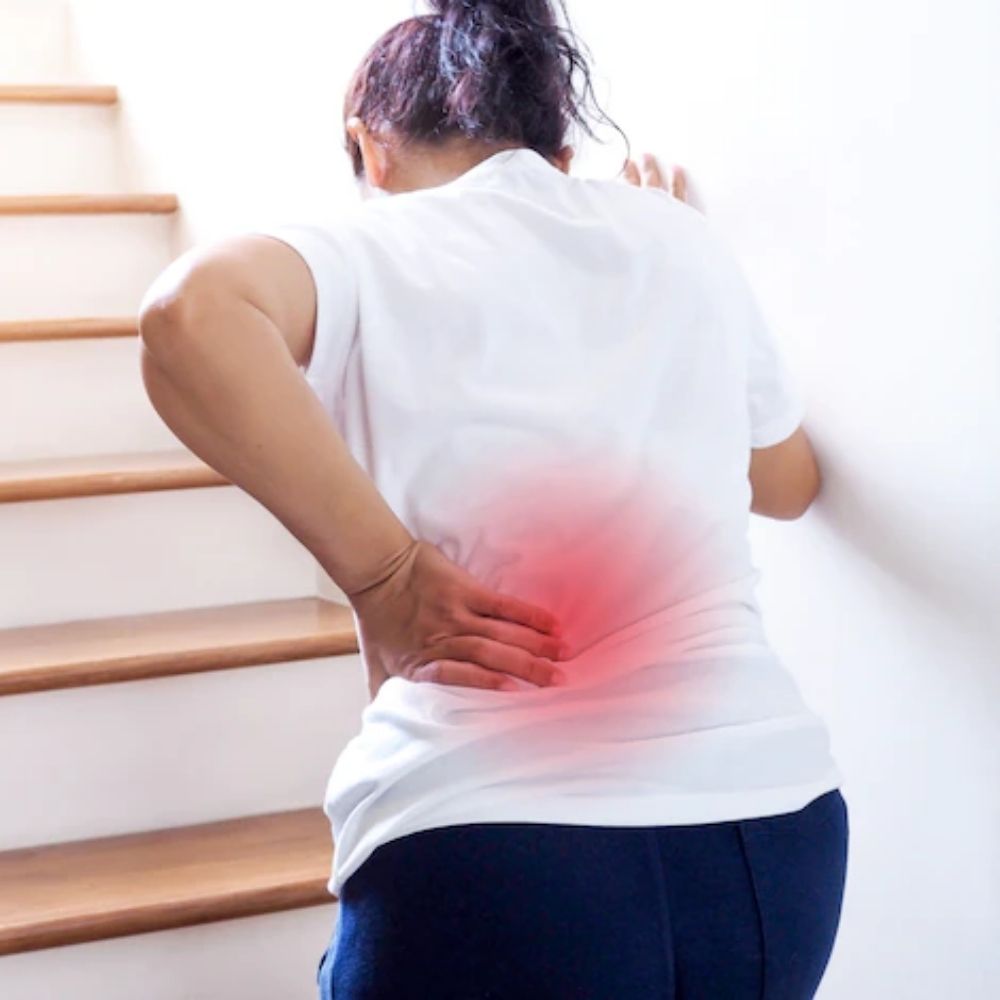You might not realize it, but improving your flexibility and mobility can greatly enhance your overall performance and reduce the risk of injury. By understanding the key factors that affect your range of motion and incorporating effective stretching techniques into your daily routine, you can access a new level of physical capability. From dynamic stretches before workouts to static stretches afterward, there's a structured approach that can make all the difference. Curious about the best exercises and tools to integrate into your regimen? There's much to explore.
Understanding Flexibility and Mobility
What do flexibility and mobility really mean, and why are they important for your overall fitness? Flexibility refers to the ability of your muscles and joints to stretch and move through their full range of motion. It's about how easily you can bend, twist, and reach without discomfort.
Mobility, on the other hand, encompasses not just the flexibility of your muscles but also the strength and control of your joints. It's about how well your body can perform movements in various positions.
Understanding these concepts is essential because they lay the foundation for effective physical activity. If you lack flexibility, you might struggle with basic movements like squatting or reaching overhead, which can hinder your performance in sports and daily tasks.
Poor mobility can lead to compensatory movements, increasing your risk of injury over time. You don't want to be sidelined by pain or stiffness, right?
Emphasizing flexibility and mobility in your fitness routine can enhance your overall movement quality. You'll find that tasks such as bending to tie your shoes or lifting groceries become easier.
Plus, cultivating these traits can improve your posture and balance, which are important for long-term health. So, whether you're an athlete or just looking to stay active, prioritizing flexibility and mobility is non-negotiable.
They're not merely buzzwords; they're key components of a well-rounded fitness regimen that can help you move better and feel your best.
Benefits of Improved Flexibility
Improved flexibility can transform your fitness experience and overall well-being. When you enhance your flexibility, you release your body's potential for better movement and performance. You'll notice that everyday activities, like bending down to tie your shoes or reaching for something on a high shelf, become easier and more comfortable. This increased range of motion can also reduce the risk of injuries, especially during workouts or physical activities.
Moreover, better flexibility can lead to improved posture. When your muscles and joints function efficiently, you're less likely to experience discomfort or pain, particularly in your back, neck, and shoulders. Improved posture not only enhances your physical appearance but also boosts your confidence.
You'll also find that flexibility plays a significant role in your athletic performance. Whether you're running, swimming, or engaging in any sport, enhanced flexibility allows for more efficient movement patterns. This efficiency translates to better speed, power, and endurance, giving you an edge over your competition.
Additionally, improved flexibility can positively impact your mental well-being. Engaging in stretching routines or yoga can promote relaxation and stress relief. As you connect with your breath and body, you cultivate mindfulness, which can enhance your overall mood and mental clarity.
Key Factors Affecting Flexibility
When it comes to flexibility, several key factors play a significant role.
Your age, the elasticity of your muscles, and how active you're all influence your range of motion.
Understanding these elements can help you make informed choices to enhance your flexibility.
Age and Flexibility
As you age, your body naturally undergoes changes that can impact flexibility. You might notice that your joints feel stiffer, and moving through your usual range of motion becomes a bit more challenging. This decline in flexibility isn't just about getting older; it's often influenced by various factors, including decreased physical activity and changes in muscle and connective tissue.
When you're younger, your body is more resilient, and your muscles and tendons are more pliable. However, as you age, the production of collagen decreases, leading to stiffer tissues. Additionally, your activity levels may drop, and without regular stretching or mobility work, it's easy to lose flexibility.
To combat this, it's important to incorporate flexibility training into your routine, regardless of your age. Simple practices like yoga, stretching, or even dynamic movements can help maintain and improve your flexibility.
Not only will this enhance your overall mobility, but it'll also contribute to better posture and decreased risk of injury. So, prioritize your flexibility now to enjoy greater freedom of movement as you continue to age gracefully.
Muscle Elasticity Importance
Muscle elasticity plays a significant role in your overall flexibility and mobility. When your muscles are elastic, they can stretch and contract more effectively, allowing for a greater range of motion in your joints. This elasticity is vital for performing everyday tasks, whether it's bending down to tie your shoes or reaching for something on a high shelf.
Several factors affect muscle elasticity, including hydration, nutrition, and your warm-up routine. Staying well-hydrated helps maintain the elasticity of your muscles and connective tissues, while a balanced diet rich in vitamins and minerals supports muscle health.
Additionally, incorporating dynamic stretching into your warm-up can enhance blood flow to your muscles, improving their elasticity before you engage in physical activity.
It's also important to listen to your body. If you feel tightness or discomfort, it might be a sign that your muscles need more attention. Regular stretching, combined with strength training, can lead to improved muscle elasticity over time, ultimately boosting your flexibility and mobility.
Activity Level Impact
Your activity level considerably influences your flexibility and mobility. When you engage in regular physical activity, you encourage your muscles and joints to adapt, leading to improved range of motion. On the other hand, a sedentary lifestyle can lead to tightness and stiffness, making it harder for you to move freely.
Incorporating activities like stretching, yoga, or dance into your routine can dramatically enhance your flexibility. These activities promote muscle elongation and joint lubrication, allowing you to perform daily tasks with ease.
Additionally, strength training complements your flexibility work by building balanced muscle groups, which supports joint stability.
Pay attention to how different activities affect your body. For instance, runners may develop tight hamstrings, while those who lift weights might struggle with shoulder mobility. Adjusting your activity level to include a variety of exercises can help mitigate these issues.
Finally, listen to your body. If you notice areas of tightness, dedicate time to stretch and mobilize them. By staying active and mindful of your flexibility, you'll not only enhance your mobility but also reduce the risk of injury.
Effective Stretching Techniques
Incorporating effective stretching techniques into your routine can greatly enhance flexibility and mobility. Stretching isn't just about reaching for your toes; it's about systematically working through your body's range of motion to improve overall function.
Start with dynamic stretches, which involve movement and help warm up your muscles. Think arm circles, leg swings, or torso twists—these get your blood flowing and prepare your body for more intense activity.
Once you've warmed up, move on to static stretching. Hold each stretch for 15 to 30 seconds, targeting major muscle groups like your hamstrings, quadriceps, and shoulders. Don't bounce or force it; instead, ease into each stretch and breathe deeply. This helps your muscles relax and can prevent injuries.
Another effective technique is PNF (proprioceptive neuromuscular facilitation) stretching, which involves a combination of stretching and contracting your muscles. Partner up if you can—one person holds a stretch while the other resists against them for a few seconds, then relaxes and stretches deeper. This method can markedly improve flexibility over time.
Lastly, think about incorporating yoga or Pilates into your routine. Both practices emphasize stretching and can enhance your body awareness, balance, and strength while improving flexibility.
Mobility Exercises to Try
To improve mobility, consider incorporating a variety of targeted exercises into your routine. Mobility exercises focus on enhancing your joint range of motion and improving overall movement quality. Here are some effective exercises you can try.
First up is the Hip Circles. Stand on one leg, lift the other knee, and perform circular motions with your hip. Do this for about 10 circles in each direction on both legs. This exercise helps loosen tight hips and improves stability.
Next, try the Thoracic Spine Rotation. Sit comfortably with your feet flat on the ground. Place your hands behind your head and gently rotate your upper body to one side, then the other. Aim for 10 rotations on each side. This movement aids in improving your upper back mobility.
Don't forget the Ankle Dorsiflexion Stretch. Stand facing a wall, place one foot back, and bend your front knee while keeping your back heel on the ground. Hold for about 20-30 seconds and switch sides. This stretch enhances ankle flexibility, essential for various activities.
Lastly, incorporate the Cat-Cow Stretch into your routine. Start on your hands and knees. Inhale as you arch your back (Cow Pose) and exhale as you round it (Cat Pose). Repeat this for 10 cycles. This dynamic movement promotes spinal mobility.
Incorporating Flexibility Into Your Routine
When it comes to enhancing your overall fitness, weaving flexibility training into your routine can make a significant difference. Flexibility isn't just about being able to touch your toes; it plays a vital role in injury prevention, muscle recovery, and overall performance.
To incorporate flexibility effectively, start by setting aside dedicated time in your workout regimen. Aim for at least 10-15 minutes per session, focusing on both dynamic stretches before workouts and static stretches afterward.
You can begin your routine with dynamic stretches like leg swings, arm circles, or torso twists to warm up your muscles. This prepares your body for more intense activity. After your workout, switch to static stretches, holding each position for 20-30 seconds. Focus on major muscle groups, such as hamstrings, quadriceps, and shoulders, ensuring you breathe deeply to enhance relaxation.
Consider incorporating flexibility-focused workouts, such as yoga or Pilates, at least once a week. These disciplines not only improve flexibility but also enhance core strength and balance. Additionally, you can integrate stretches throughout your day—try stretching during breaks at work or while watching TV.
Lastly, listen to your body. If a stretch feels too intense, ease off and find a more comfortable position. Consistency is key, so make flexibility training a regular part of your fitness journey.
Tools and Resources for Improvement
Regularly utilizing the right tools and resources can greatly enhance your flexibility and mobility training. First off, consider investing in a high-quality yoga mat. It provides a comfortable surface for stretching and offers stability during your routines.
If you're serious about improving your flexibility, a foam roller is essential. It helps release muscle tightness and increases blood flow, making it easier to stretch effectively.
Resistance bands are another fantastic resource. They allow you to perform a variety of stretches and exercises that target different muscle groups. Plus, they're portable, so you can take them anywhere.
Don't underestimate the power of a simple towel or strap, either. These can assist with deeper stretches, improving your range of motion.
Mobile apps and online platforms can also be incredibly useful. Many offer guided stretching routines tailored to your specific needs. You can find everything from beginner to advanced sessions, which can help keep your workouts fresh and engaging.
Consider following instructional videos that demonstrate proper form and techniques to avoid injury.
Don't forget to explore local classes or workshops. Sometimes, having a professional guide you can make all the difference. They can provide personalized feedback and adjustments, ensuring you're on the right path.
Tips for Staying Motivated
Staying motivated is key to boosting your flexibility and mobility.
Start by setting achievable goals, tracking your progress, and finding a buddy to keep you accountable.
These simple strategies can make a big difference in your journey.
Set Achievable Goals
Setting achievable goals is essential for maintaining motivation on your journey to improved flexibility and mobility. When you set realistic targets, you're more likely to stay committed and celebrate your progress along the way.
Start by evaluating your current flexibility levels and identify specific areas you want to improve. Instead of aiming for an unrealistic split overnight, focus on smaller milestones, like increasing your hamstring stretch by an inch over a month.
Break your larger goals into weekly or monthly objectives. For example, you might decide to incorporate a new stretching routine three times a week or dedicate ten minutes daily to mobility exercises. This approach keeps your goals manageable and prevents feelings of overwhelm.
Don't forget to make your goals specific and measurable. Instead of saying, "I want to be more flexible," reframe it to "I want to touch my toes comfortably within six weeks." This clarity not only helps you stay focused but also allows you to track your improvement.
Track Your Progress
Tracking your progress is essential for keeping your motivation high as you work toward improved flexibility and mobility. By monitoring your advancements, you can see how far you've come, which boosts your confidence and encourages you to push further.
Start by keeping a journal or using a mobile app to document your daily or weekly flexibility exercises. Note the specific stretches, duration, and any improvements you notice.
Set a regular schedule for progress checks, maybe every two weeks. This allows you to assess your gains and adjust your routine if needed. You might measure flexibility through specific benchmarks, like how far you can reach during a toe touch or how well you can perform a split.
Take photos or videos to visually capture your progress over time; seeing the difference can be incredibly motivating.
Celebrate your achievements, no matter how small. Each milestone is a stepping stone on your journey, so reward yourself when you hit them. Whether it's treating yourself to a massage or a new workout outfit, these rewards can keep you focused and energized.
Find a Buddy
Having a workout buddy can greatly enhance your motivation as you work on your flexibility and mobility. When you pair up with someone who shares your goals, you create a support system that keeps you accountable. You're less likely to skip a session if you know someone's counting on you.
Having a buddy also makes workouts more enjoyable. You can try different exercises together, challenge each other, and even share tips on what's working. This social aspect can turn a potentially mundane routine into a fun and engaging experience. Plus, you can celebrate each other's progress, which reinforces your commitment.
To find the right partner, look for someone with similar goals and fitness levels. It's important that you both understand the importance of flexibility and mobility, so you can encourage each other effectively.
Whether it's a friend, family member, or someone from a class, make sure they're as invested in improving as you are.
Finally, schedule regular workout times together. Consistency is key to seeing results, and having a buddy makes it easier to stick to your commitment.
Conclusion
Incorporating flexibility and mobility exercises into your daily routine can transform your physical performance and overall well-being. By understanding the benefits, practicing effective stretching techniques, and staying consistent, you'll see improvements in your range of motion and reduced injury risk. Remember to use tools like foam rollers and resistance bands to deepen your stretches, and set achievable goals to keep you motivated. Embrace this journey, and enjoy the enhanced mobility and flexibility that comes with it!



